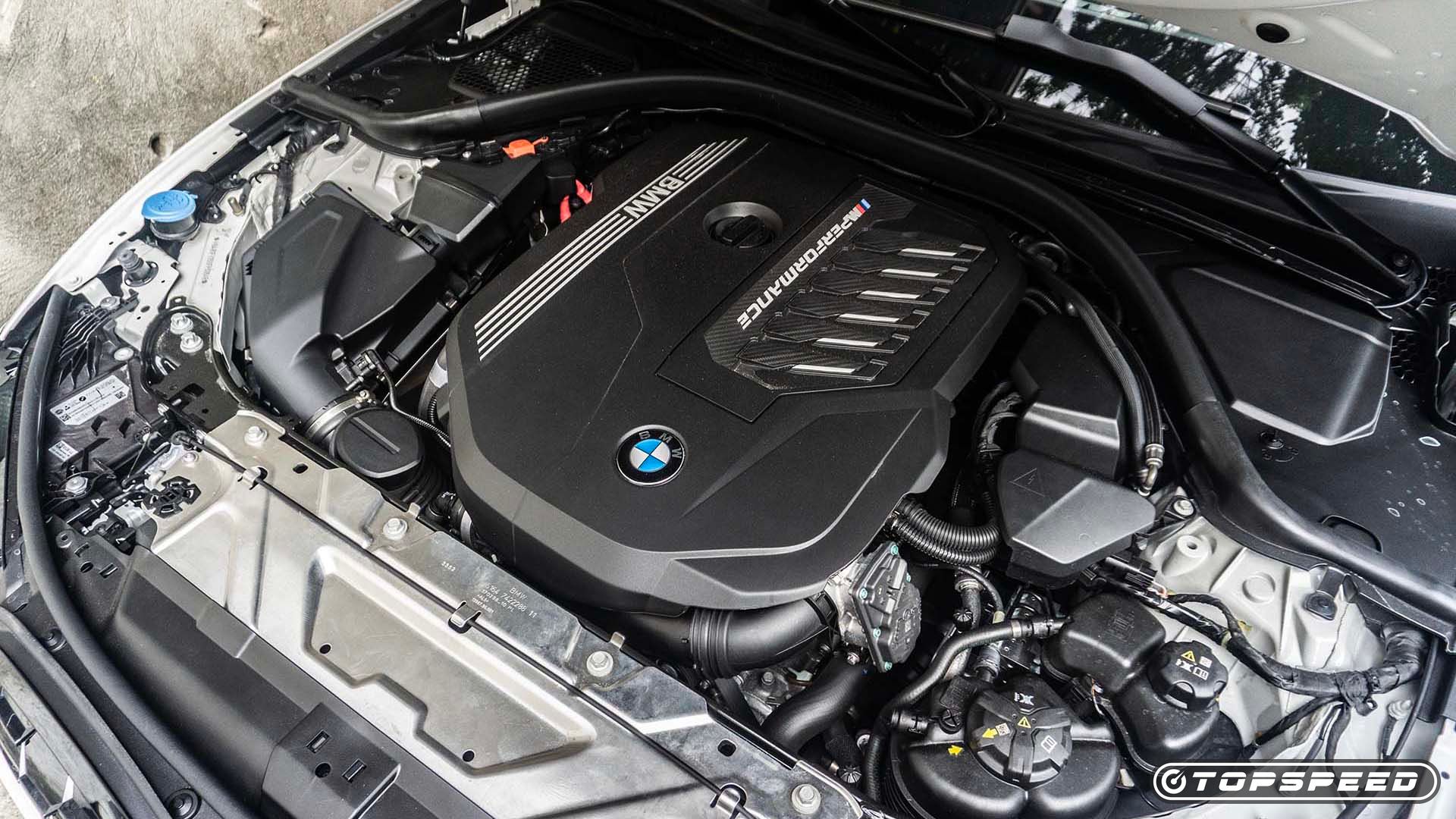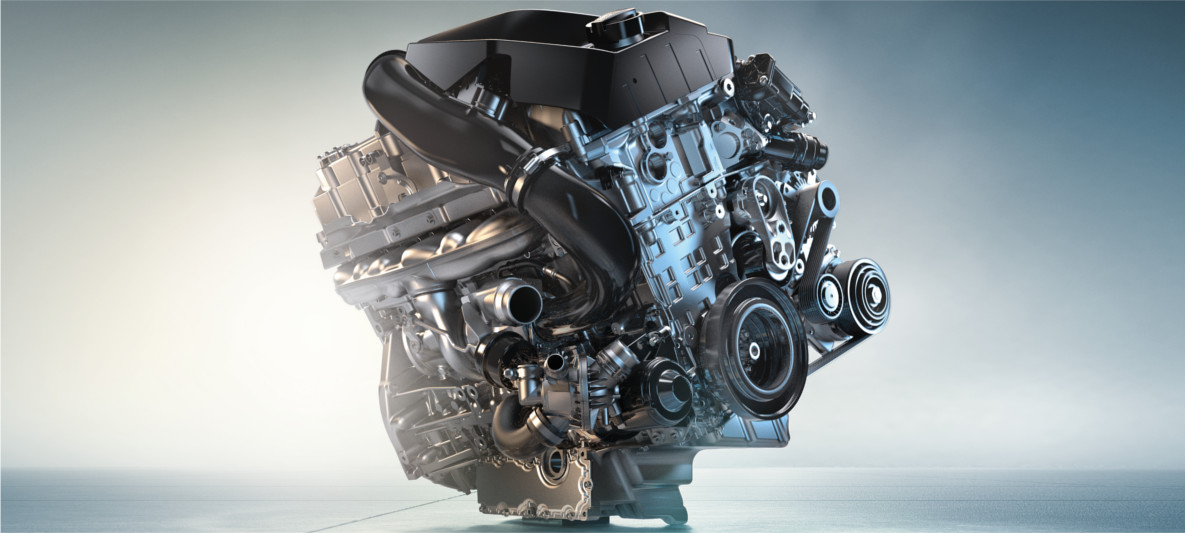Just how to Preserve Your BMW Engine for Optimum Performance and Long Life
Just how to Preserve Your BMW Engine for Optimum Performance and Long Life
Blog Article
Checking Out the Advancement of Combustion Engines in Modern Transport Equipments
As we navigate the landscape of contemporary transport, the advancement of combustion engines stands as a testament to human resourcefulness and design prowess. The interplay of history, technology, and environmental worries in shaping the trajectory of combustion engines develops a narrative that is both insightful and engaging.
Early Beginnings of Combustion Engines
How did the principle of burning engines very first arise in the very early phases of transportation growth? The roots of combustion engines can be traced back to the 17th century when the concepts of internal burning were very first explored.
The advancement moment came with the invention of the very first effective gasoline-powered engine by Karl Benz in 1885 - bmw engine. This engine led the way for the advancement of the modern-day car, changing transportation systems worldwide. Subsequent advancements by Nikolaus Otto and Gottlieb Daimler additionally refined combustion engine technology, causing the mass production of automobiles and the quick development of the transportation industry
These very early burning engines were identified by their simpleness and effectiveness, laying the foundation for the complicated and effective engines used in contemporary transportation systems. The advancement of combustion engines has actually contributed fit the way we travel and deliver items, marking a significant milestone in the history of transportation development.
Shift to Internal Combustion Innovation
The change to inner burning technology noted a pivotal change in the advancement of transportation systems. This shift began in the late 19th century, with innovators like Nikolaus Otto and Gottlieb Daimler developing the first effective internal burning engines. These engines transformed transportation by offering an extra efficient and powerful option to steam engines and electrical motors.
Among the essential benefits of internal combustion engines was their capacity to be reduced to match vehicles, causing the growth of motorbikes and cars. This change from cumbersome, stationary engines to compact, mobile ones led the means for the modern-day transportation systems we see today.
The change to interior burning technology additionally spurred developments in gas technology, bring about the development of gas and diesel as primary gas resources for cars. This shift not only made transport a lot more accessible to the masses yet likewise laid the foundation for the oil and gas market to come to be essential to global economic situations.
Effect of Combustion Engines on Transport
The fostering of burning engines in transportation systems militarized a profound shift in the performance and speed of international mobility. Combustion engines transformed transportation by supplying a reputable and versatile source of power for different lorries, consisting of cars, airplanes, ships, and vehicles. This technology significantly enhanced the capability for products and individuals to move over cross countries in much shorter period, leading to enhanced connection between regions and countries.
Moreover, the prevalent use combustion engines has had a substantial effect on financial development. The capacity to carry goods efficiently has actually stimulated trade and business, enabling businesses to broaden their markets and reach customers worldwide. This has facilitated economic development and globalization, as products can now be transferred faster and in bigger quantities than in the past.
Nevertheless, the environmental influence index of burning engines can not be ignored. The combustion of nonrenewable fuel sources has actually resulted in air pollution and greenhouse gas exhausts, adding to environment change and posturing health threats to populations. bmw engine. Therefore, there is an expanding emphasis on developing alternate propulsion innovations to mitigate these negative results and create an extra lasting future for transportation
Developments in Combustion Engine Layout
Numerous advancements in burning engine style have actually moved the development of transportation systems over the decades. One remarkable development is the development of turbocharged engines, which use exhaust gases to drive a generator that presses incoming air, permitting more gas to be scorched, resulting in enhanced power output without a considerable boost in engine size. Furthermore, direct shot technology has actually improved fuel efficiency and performance by specifically controlling the quantity and timing of fuel injected into the combustion chamber. Variable valve timing systems have additionally reinvented engine style by maximizing air flow at various engine rates, enhancing both power and effectiveness. One more significant innovation is the assimilation of lightweight materials such as carbon fiber and aluminum alloys, reducing total engine weight and boosting automobile gas economic climate. Improvements in computer-aided layout have made it possible for designers to optimize engine performance and performance through simulations prior to physical models are built, conserving time and resources in the growth procedure. These advancements jointly add to the continuous improvement of combustion engines in modern-day transport systems.
Future Fads in Burning Engine Development
With modern technology improvements driving continual development, the future of combustion engine advancement is positioned to revolutionize transportation systems worldwide. One of the key patterns in combustion engine advancement is the press in the direction of better performance and site link minimized exhausts. Makers are investing greatly in study and advancement to enhance engine performance while fulfilling rigorous environmental laws. This consists of the combination of sophisticated gas injection systems, boosted turbocharging methods, and making use of light-weight products to enhance gas consumption and minimize carbon discharges.
One more prominent pattern is the adoption of crossbreed technologies in combustion engines. Crossbreed engines combine typical combustion modern technology with electric power, using boosted fuel efficiency and lower discharges. As the vehicle sector shifts in the direction of electrification, crossbreed combustion engines are viewed as a transitional service that connects the void in between traditional vehicles and completely electric ones.
Additionally, the combination of wise technologies, such as synthetic intelligence and information analytics, is anticipated to play a substantial role in the future of burning engine advancement. These innovations can maximize engine performance in real-time, bring about much more efficient burning processes and enhanced overall vehicle performance. Welcoming these future patterns will not only drive advancement in burning engine growth but additionally contribute to a much more lasting and environmentally friendly transportation ecosystem.

Conclusion
In verdict, the evolution of burning engines in modern transport systems has actually been marked by significant innovations in innovation and layout. From the very early beginnings of combustion engines to the change to inner burning innovation, these engines have actually had a profound effect on transportation.
The roots of burning engines can be traced back to the 17th century when the principles of interior burning were first explored. visite site These engines revolutionized transportation by using an extra reliable and powerful option to vapor engines and electric motors.

Report this page